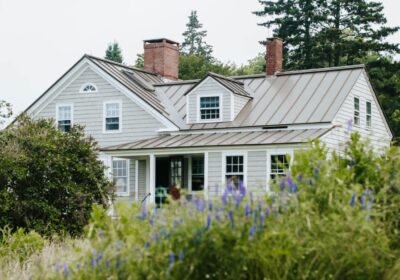 By 2030 every Baby Boomer will be over 65, and will make up 21 percent of the population. And by 2060, almost 25 percent of Americans will be 65 and older. The aging population will have many far-reaching implications for American society, and how to care for older citizens is one of the most important to plan for and consider now.
By 2030 every Baby Boomer will be over 65, and will make up 21 percent of the population. And by 2060, almost 25 percent of Americans will be 65 and older. The aging population will have many far-reaching implications for American society, and how to care for older citizens is one of the most important to plan for and consider now.
Until recently, senior citizens would typically go into an assisted living facility when they became too infirm to care for themselves or an aging partner. But there’s a growing trend for older Americans to stay in their homes throughout the aging process, known as “aging in place.”
There are various reasons for this trend: many people want to stay independent for as long as possible, remain near friends, and stay close to their community. As assisted living costs mount, it can also make financial sense to remain at home as long as possible to delay those costs and save for future health care needs. The Genworth Cost of Care Survey 2019 says that the national median cost for assisted living is $48,612 a year.
Not only does aging in place tend to cost less than assisted living, it’s more comfortable, maintains social networks, and has been proven to slow the advancement of memory loss.
In the past, senior citizens would typically go into a nursing home or other facility when they became to infirm to care for themselves or an aging partner. There’s a growing trend for older Americans to stay in their homes throughout the aging process, however, which is known as “aging in place.” 3 out of 4 adults age 50 and older want to stay in their homes as long as possible, according to an AARP survey.
Aging in place isn’t a new concept; after all, before nursing homes existed, the elderly would be looked after by family members or other caretakers at home. But the modern twist on this idea is that healthy senior citizens retrofit their own homes to accommodate for when they need more help with daily tasks while still living in their home.
Not only can aging in place be a comfort, it can make a lot of sense from a financial standpoint, too. For many Americans, their home is their single biggest asset, and it can be used to leverage future health care costs through different types of loans such as reverse mortgages or home equity lines of credit.



